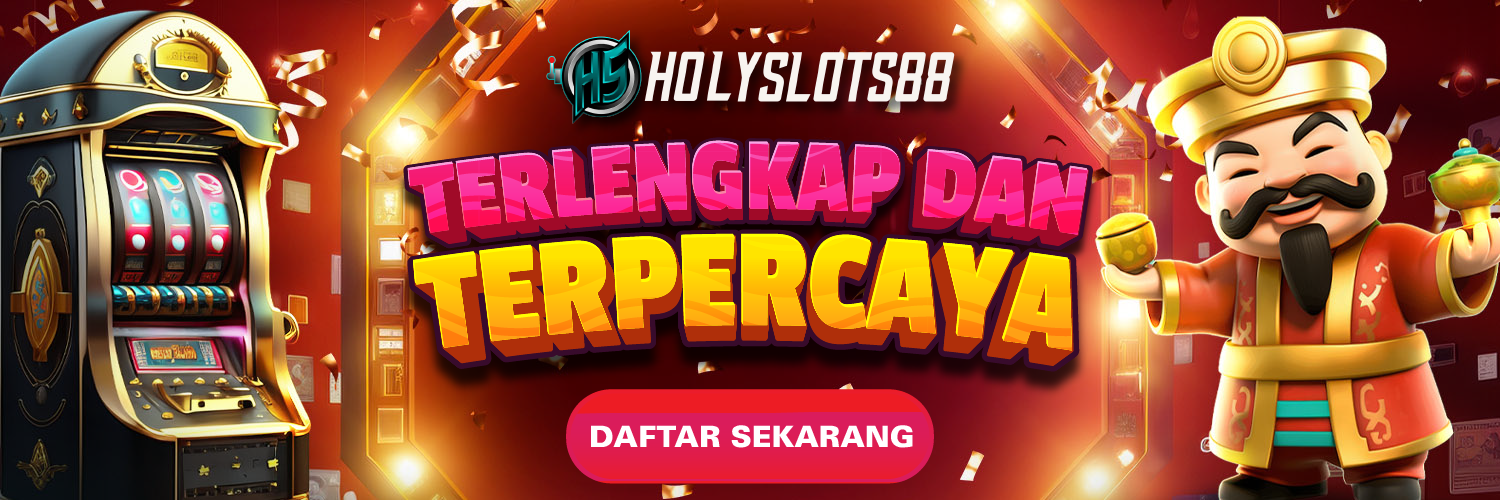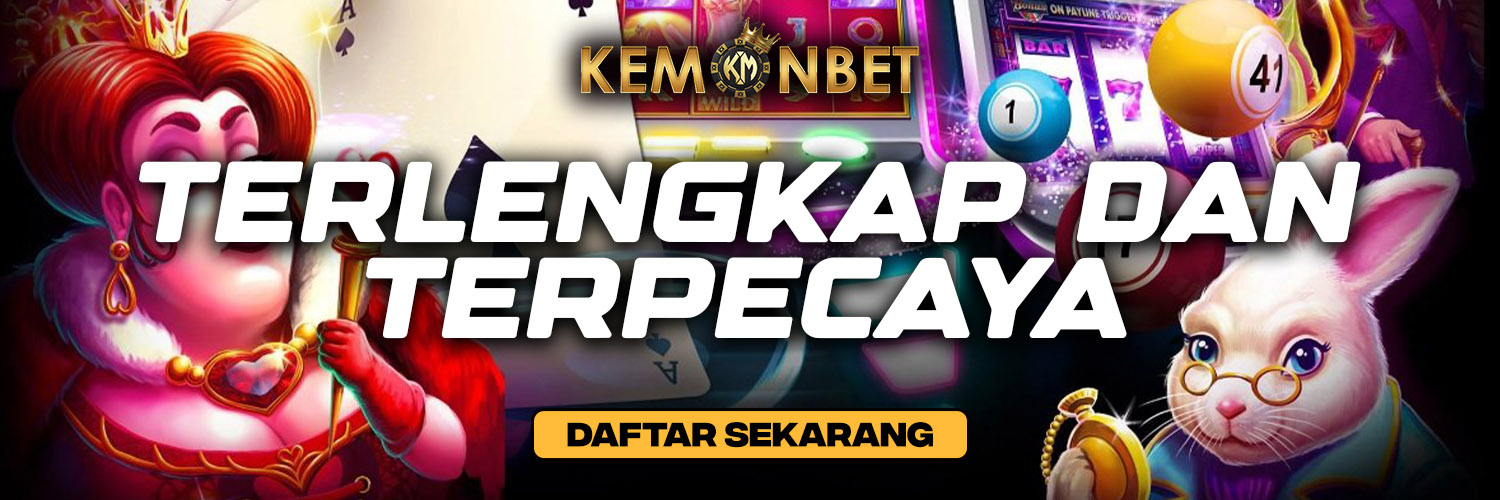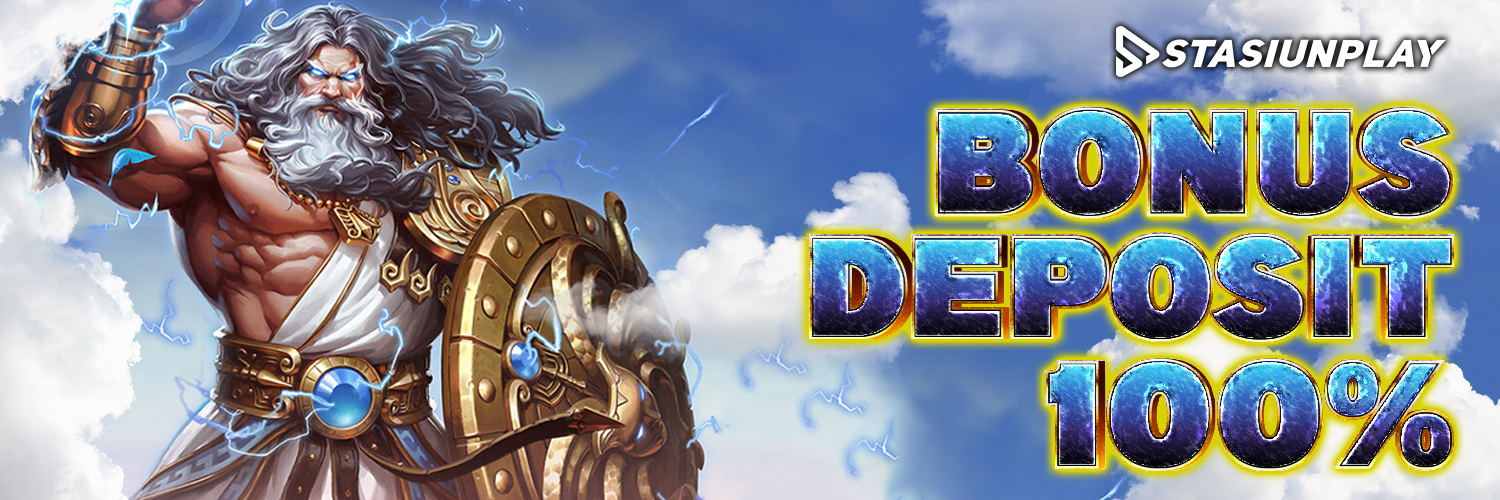Mahjong Ways gambling game is not your normal old game. Its roots can be found in Southern China in the middle of the 1800s. This gambling game, which was mostly played by men, create near the end of the Qing Dynasty. “Mahjong” actually means “sparrow” in some southern Chinese languages. This comes from the sound the tiles make when they are reshuffled, which sounds like birds.
Mahjong Ways Gambling Game: Mahjong’s Amazing Journey from Gambling to the World
Mahjong Ways is one of the most popular games in the world right now. It’s now a must-have at immigrant family events, a safe place for underrepresented groups, and even a political hot potato. Around the middle of the 20th century, it was linked to so much unfair business practices that China banned it for more than 40 years. Even though it came from the “Middle Kingdom,” Mahjong Ways became popular all over the world. It even became very popular in the U.S. during times of anti-Chinese feeling.
Mahjong Ways Gambling Game: Mahjong’s Universal Appeal: A Variety of Games for a Variety of Groups
To understand why Mahjong is so popular, you need to know how it play. The game is play in more than 40 different ways around the world. But its basic tile design and material links make it easy to recognize. The author of Mahjong: A Chinese Game and the Making of Modern American Culture, Annelise Heinz, says that the game’s beats help people get to know each other. The breaks between rounds, which needed to reset the tiles, make the game more social by promoting talk.
Unlocking the Secrets of Mahjong’s Superstitions and Strategies
There are a lot of myths about Mahjong, which makes the game more interesting. It’s not okay to tap a player on the shoulder because it could end a winning streak. People who lost might go to the bathroom to “wash away” their bad luck. Some cultural beliefs, like not putting books on the table, show how the game has a lot of different customs. Keis Ohtsuka’s study at Victoria University in Australia shows an interesting link between believing in ghosts in Mahjong and being more likely to become addicted to gambling.
How Tiles and Trends Shaped Mahjong in the United States
In the early 1920s, American investor Joseph P. Babcock brought Mahjong to the United States. This started a nationwide craze. Heinz calls it a “enormous national fad” that showed how gender and cultural norms were changing at the time. Mahjong quickly became a hit in the U.S. It called “the gift of heaven” and “the game of a hundred intelligences.” Sets were flying off the shelves at Abercrombie & Fitch in New York City.
In the end, Mahjong Ways isn’t just a game. It’s also an interesting cultural phenomenon that crosses countries like Holyslots88. The clacking of tiles and the thrill of the game bring people together.


